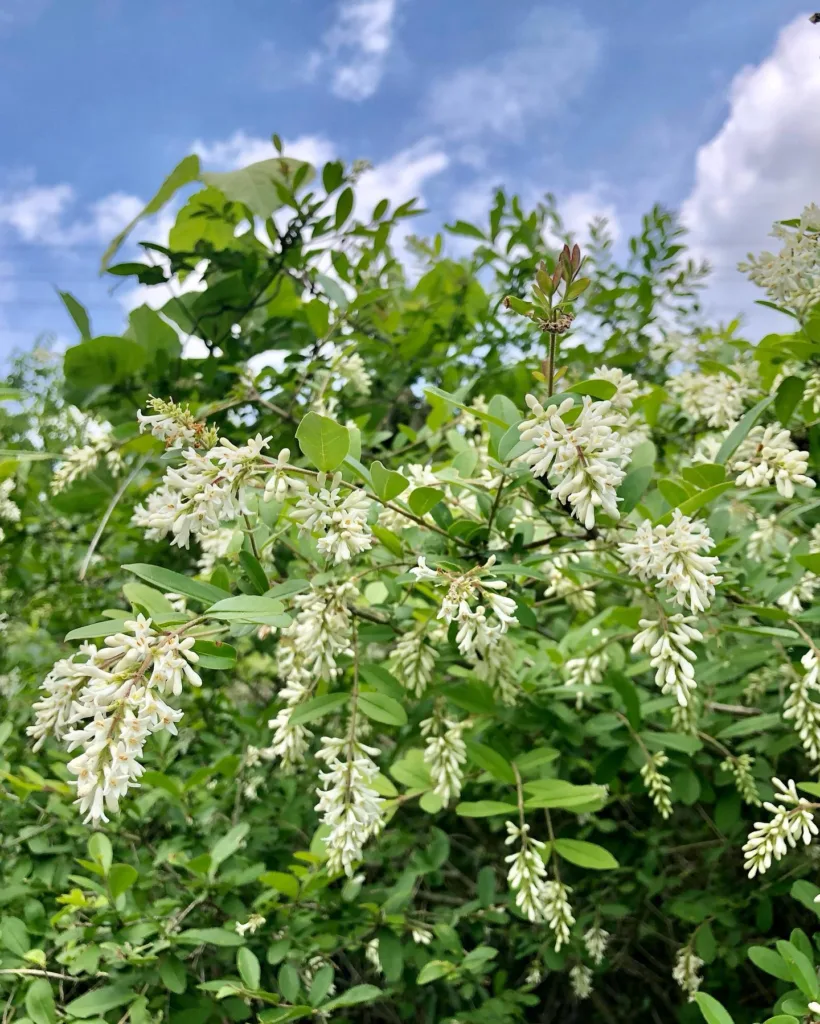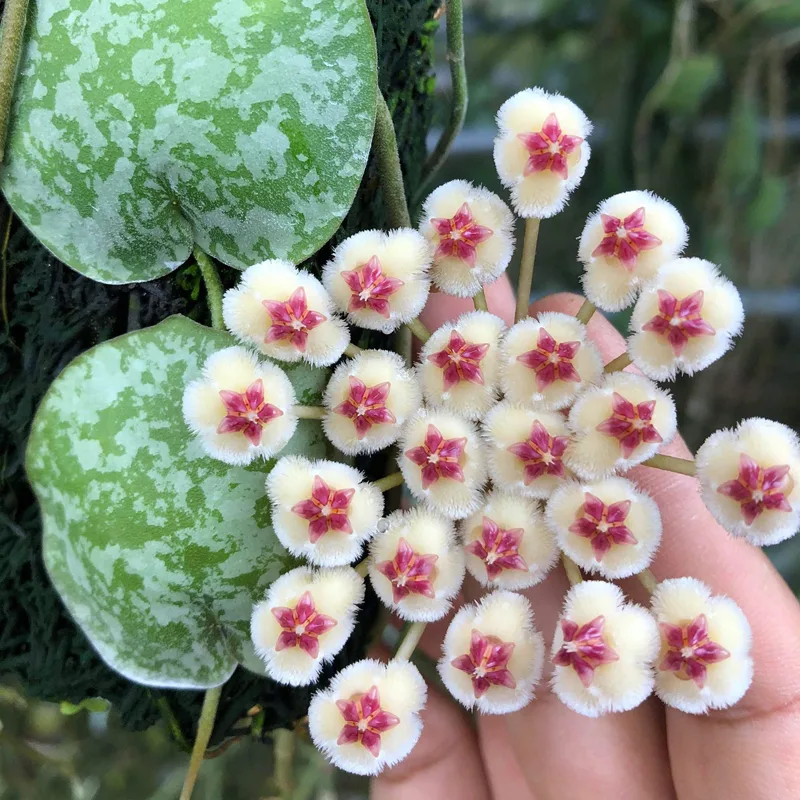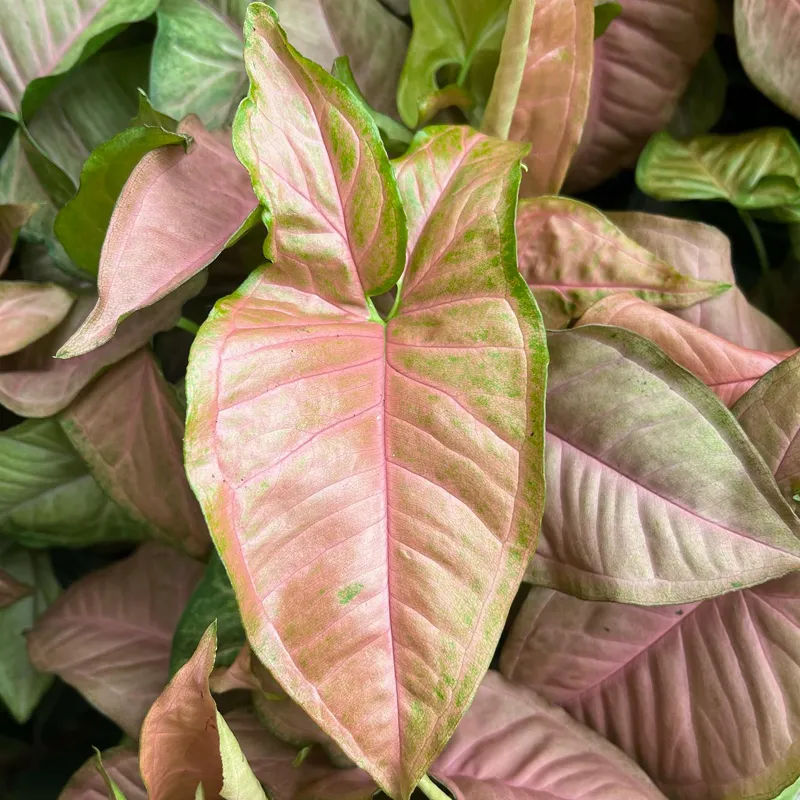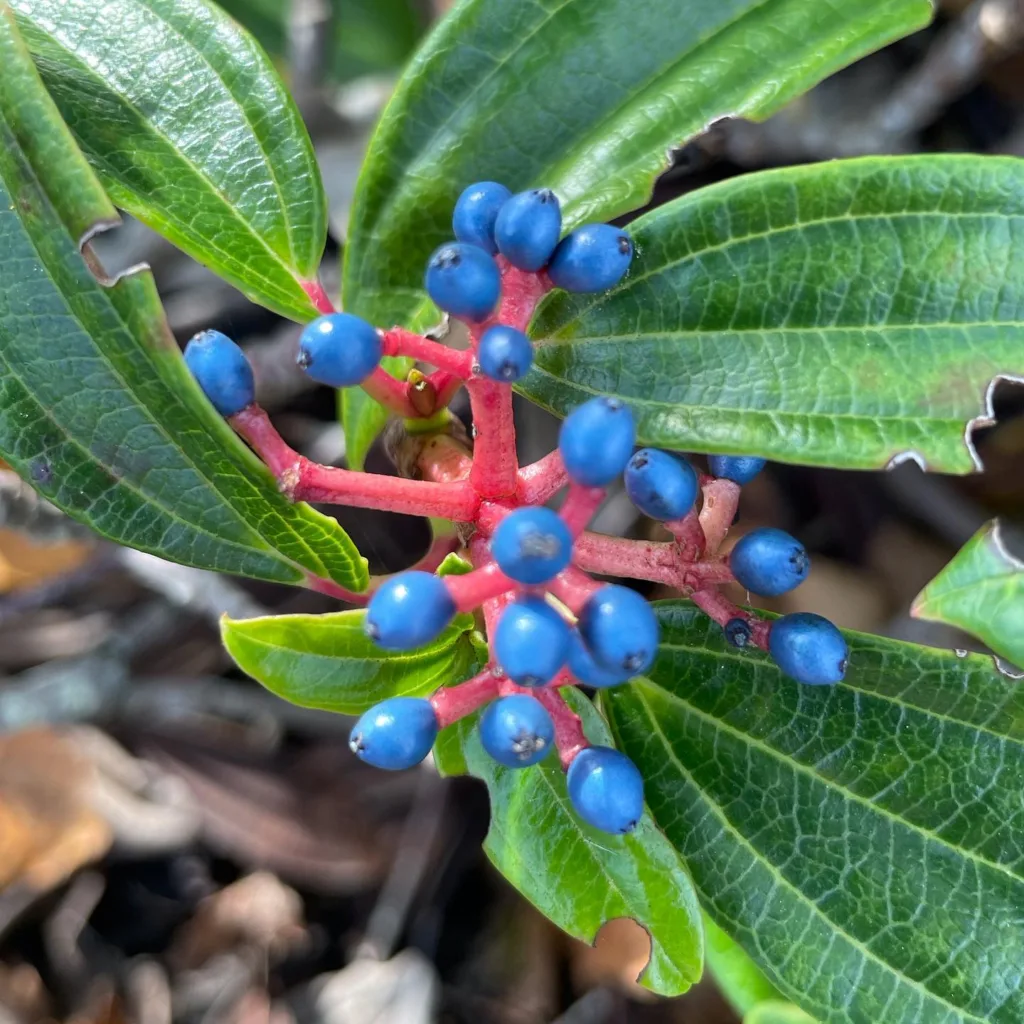FAQs About Pinus Monticola
As a plant enthusiast, I’ve always found trees to be particularly fascinating. One of my favorites is Pinus Monticola, also known as the Western White Pine. This majestic species is native to western North America and can be found thriving in higher elevations. Over time, I’ve come across various questions from fellow gardeners and nature lovers about this tree. Let me walk you through some frequently asked questions about Pinus Monticola.
139 Species in Genus Pinus
What Is Pinus Monticola?
Pinus Monticola is a large coniferous tree belonging to the Pinaceae family. It’s known for its soft, flexible needles arranged in bundles of five and its cylindrical cones that can reach up to 25 cm in length. This tree is often found in mountainous regions, ranging from British Columbia down to California and the Rocky Mountains. It’s highly valued for its lightweight, straight-grained wood, making it a popular choice for construction and furniture.
What Animals Eat Pinus Monticola?
If you’re wondering what wildlife might be drawn to Pinus Monticola, a variety of animals benefit from this tree. Birds, squirrels, and small mammals eat the seeds that its cones produce. Some bird species, like crossbills and woodpeckers, particularly favor the seeds of the Pinus Monticola. In addition to the seeds, deer and other large herbivores sometimes feed on its tender young shoots or bark, especially in colder months when food sources are scarce.
Pinus Monticola vs. Pinus Strobus: What’s the Difference?
I often hear people ask about the differences between Pinus Monticola and Pinus Strobus (Eastern White Pine). These two species are closely related but vary in a few key ways:
- Habitat: While Pinus Strobus thrives in the eastern part of North America, Pinus Monticola prefers the western regions.
- Needles and Cones: Both trees have long, soft needles, but the cones of Pinus Monticola tend to be larger and more elongated than those of Pinus Strobus.
- Size: Pinus Monticola is known for being slightly larger, growing up to 70 meters, whereas Pinus Strobus typically maxes out around 50 meters.
Despite these differences, both trees share many characteristics, such as their soft blue-green needles and straight, tall trunks. They are equally admired for their timber and beauty.
How to Care for Pinus Monticola?
Caring for Pinus Monticola is relatively easy, especially if you live in its native range. Here are some essential tips I’ve learned over the years:
- Soil: It prefers well-draining soil with a slightly acidic pH.
- Watering: While it’s drought-tolerant once established, young trees benefit from regular watering, especially during hot, dry spells.
- Sunlight: This tree thrives in full sunlight but can tolerate some partial shade.
- Pruning: Pruning isn’t necessary unless there are dead or damaged branches.
It’s also important to keep an eye out for pests like the white pine blister rust, which can damage the tree’s health over time.
How to Propagate Pinus Monticola?
I’ve found that Pinus Monticola can be propagated by seed. The seeds require cold stratification (a period of chilling) to break dormancy. Here’s how I go about it:
- Collect the seeds from mature cones in the fall.
- Soak the seeds in water for 24 hours.
- Stratify the seeds by placing them in a plastic bag with moist sand or peat moss and refrigerating them for 60-90 days.
- After stratification, plant the seeds in a well-draining seed-starting mix and keep them in a cool, bright location.
- Germination can take several weeks, so patience is key.
What Can You Plant with Pinus Monticola?
Since Pinus Monticola can grow quite large, I recommend pairing it with other trees or shrubs that can tolerate partial shade. Plants like Rhododendrons, Mountain Laurel, and Huckleberries work well in the understory. These shrubs thrive in the acidic soil that the pine tree prefers, and they provide a nice contrast to the tall, vertical growth of the pine.
Can You Grow Pinus Monticola Indoors?
In short, no. Pinus Monticola is not suitable for indoor growth. This tree needs ample space and sunlight, which makes it best suited for outdoor environments. It can grow to impressive heights, so even in a large greenhouse, it would eventually outgrow its surroundings.
Is Pinus Monticola Toxic?
Thankfully, Pinus Monticola is non-toxic to humans and pets. It’s safe to plant around children and animals, and the needles can even be used in some traditional medicinal practices. Just be cautious if you have pets that like to chew on plants, as ingesting large amounts of needles from any pine tree could potentially cause digestive issues.
Benefits of Pinus Monticola
One of the main benefits of Pinus Monticola is its contribution to the ecosystem. It provides food and shelter for a wide range of wildlife. Additionally, its wood is highly prized for timber due to its light weight and resistance to warping. In landscaping, it’s often used as a windbreak or a specimen tree in larger gardens.
Common Problems with Pinus Monticola
As mentioned earlier, Pinus Monticola is susceptible to white pine blister rust, a fungal disease that can severely affect its health. Keeping the tree healthy with proper care and pruning can help reduce the risk. Another common issue is bark beetle infestations, which can be particularly problematic in stressed or weakened trees.
Compare Pinus Monticola with Similar Pines
When comparing Pinus Monticola to other pine species like Pinus Strobus or Pinus Flexilis (Limber Pine), you’ll find that Pinus Monticola is generally larger and more long-lived. Its larger cones and specific habitat preferences also distinguish it from other pines, making it a unique and valuable species in its native ecosystem.
In conclusion, Pinus Monticola is a beautiful and resilient tree with many benefits, from supporting wildlife to providing high-quality timber. Understanding its care, propagation, and common issues will help you enjoy this majestic pine in your garden or natural landscape.
If i die, water my plants!



